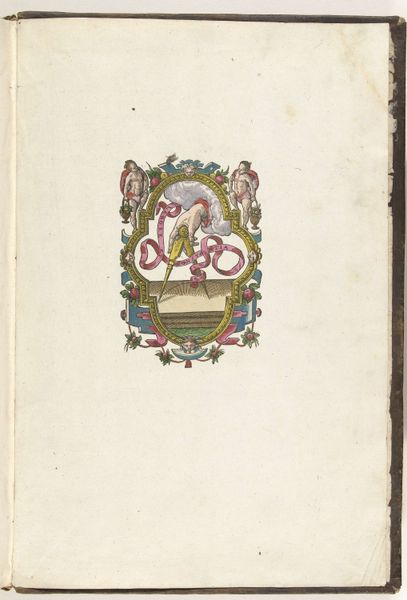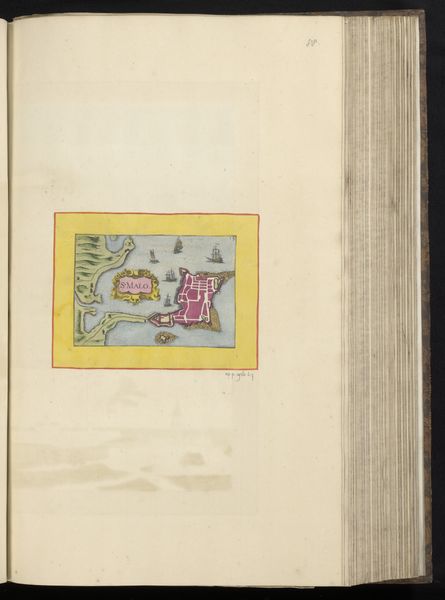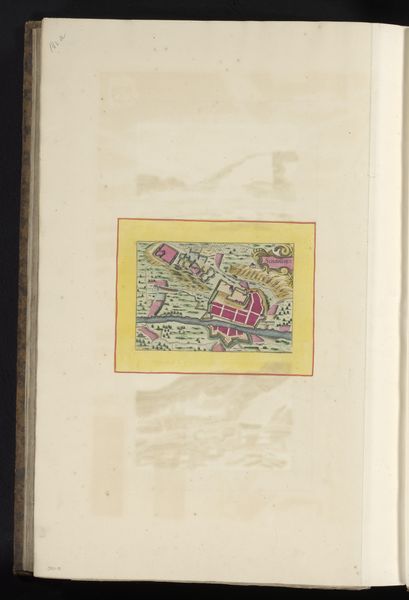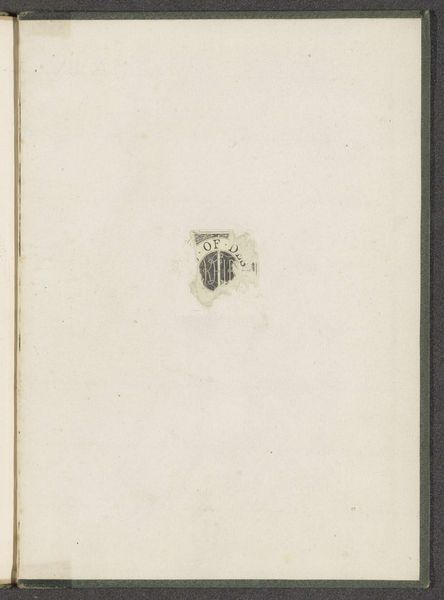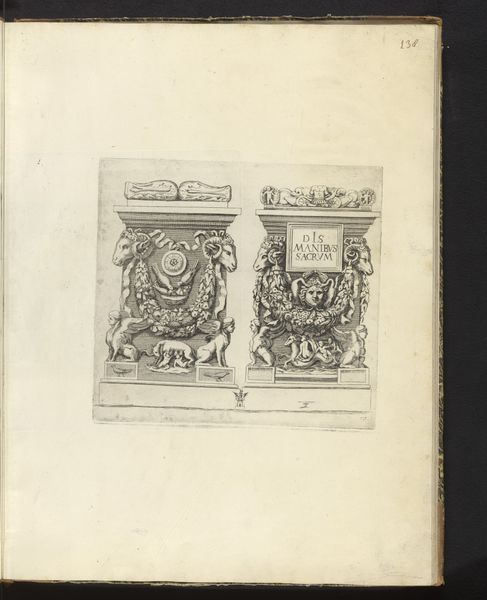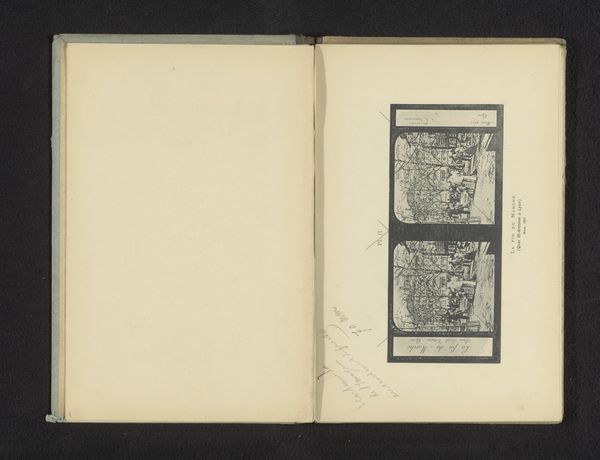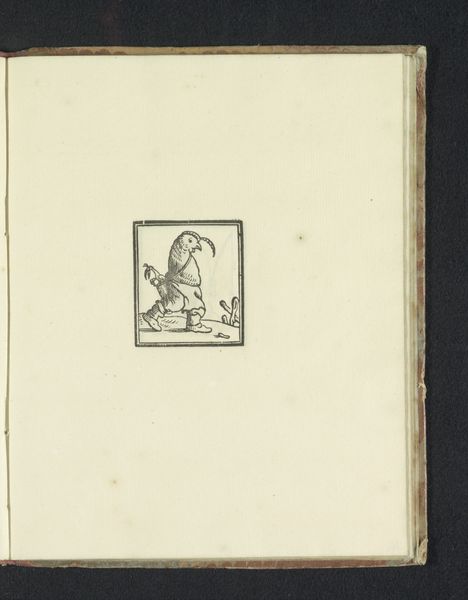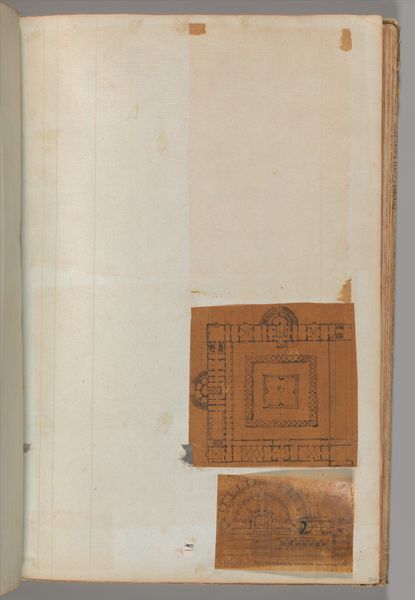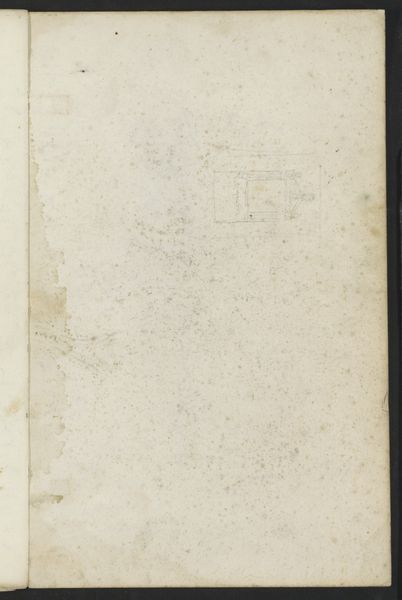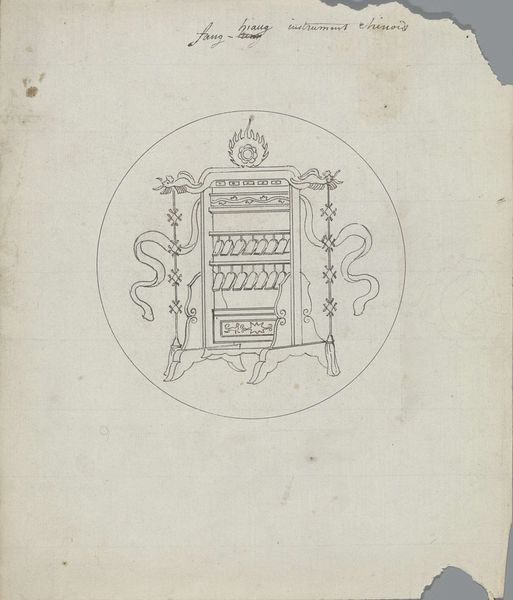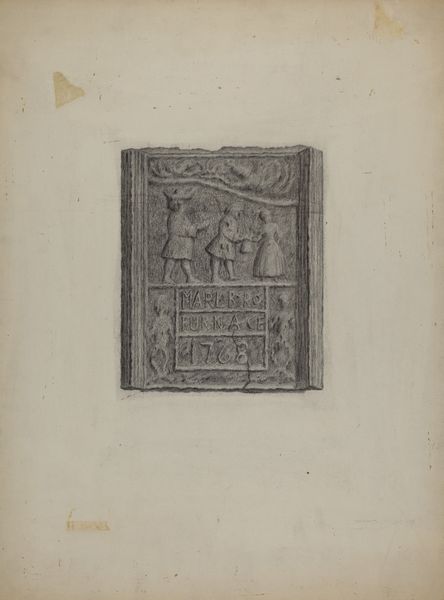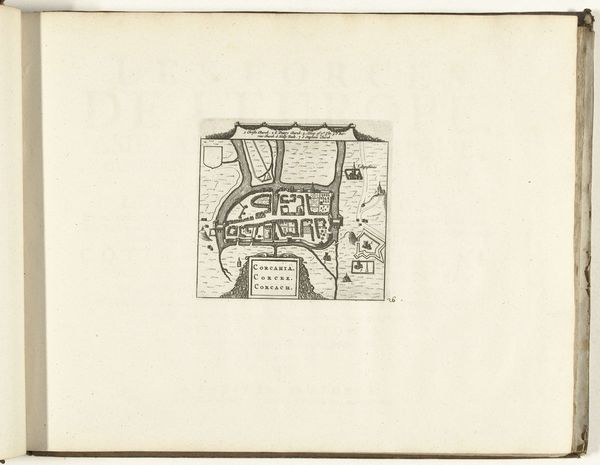
Dimensions: height 460 mm, width 580 mm
Copyright: Rijks Museum: Open Domain
Curator: This work, "Twee wapens van raden in de vroedschap van Rotterdam," translates to "Two Coats of Arms of Councillors in the Rotterdam Council." It is an anonymous drawing done in ink, predating 1783, likely part of a larger illuminated book or register. Editor: Immediately, I notice the stark contrast between the heraldic devices themselves and the almost casual nature of their placement on the page. They feel… isolated, don't they? Very baroque in its aesthetic sensibility though. Curator: Indeed. Heraldry as a visual language carries tremendous weight. These aren't just decorations; they're emblems representing power, lineage, and belonging in the Rotterdam Council. Editor: Exactly. And what interests me is that power's visual construction. We see the visual cues - crowns, decorative foliage surrounding the shield. But power isn't just asserted, it’s negotiated, and these carefully chosen symbols would speak volumes about those families' positions within Rotterdam's societal structure at the time. Are those egrets on the right? A powerful family symbol associated with the Van Baale? What meaning did the griffin signify in Reinier Frededer’s family history? It all points to very specific forms of belonging. Curator: Yes, the Van Baale family indeed used egrets in their blazons. The griffin too is powerful iconography, connected to medieval symbols of courage and guardianship and a fierce military persona, something they wanted to impart. What does it say about them? What qualities do these families seek to embody and project onto the political landscape? Editor: It raises critical questions about inclusion and exclusion. These symbols were likely created, consumed, and understood by a very specific, elite audience. What did these heraldic arms signify to those excluded from this circle of power and privilege? What image did it seek to impart, especially given this would have been pre-French Revolution in 1789 when all forms of aristocracy came under intense scrutiny? Curator: I agree, their legacy of civic involvement has to be accounted for too. As powerful mnemonic devices, armorial bearings also evoke pride. Perhaps this image was important in connecting these leaders to their own families too, at a deeper subconscious level. Editor: Exactly! Understanding heraldry allows us to dissect how communities use imagery to not just assert their identities but perpetuate power dynamics, a practice with very long roots and deep resonance in today's visual culture. It is so important to examine who wields symbolic power and what messages are truly being communicated to the wider public through it. Curator: Absolutely. The drawings are portals, inviting us to reflect on how history and privilege are visualized and perpetuated through imagery. Thank you for opening my eyes again.
Comments
No comments
Be the first to comment and join the conversation on the ultimate creative platform.
